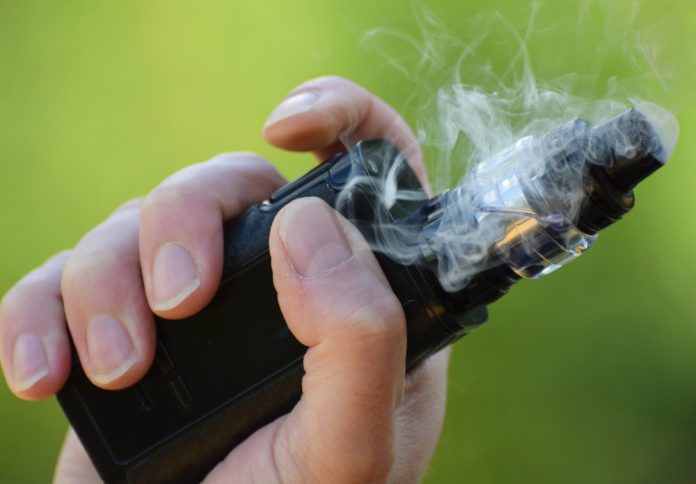The federal government says it’s taking strong action to reduce smoking and stamp out vaping – particularly among young Australians – through stronger legislation, enforcement, education and support.
The 2023-24 Budget will include $737 million to fund a number of measures to protect Australians against the harm caused by tobacco and vaping products.
These measures complement the development of new proposed national tobacco control legislation first announced by the government in November 2022.
Following public consultation led by the Therapeutic Goods Administration in December 2022, the government is proposing stronger regulation and enforcement of all e-cigarettes, including new controls on their importation, contents and packaging.
The government will work with states and territories to stamp out the growing black market in illegal vaping, including to:
- Stop the import of non-prescription vapes
- Increase the minimum quality standards for vapes including by restricting flavours, colours, and other ingredients
- Require pharmaceutical-like packaging
- Reduce the allowed nicotine concentrations and volumes
- Ban all single use, disposable vapes
The government will also work with states and territories to close down the sale of vapes in retail settings, ending vape sales in convenience stores and other retail settings, while also making it easier to get a prescription for legitimate therapeutic use.
Education and support
The Budget will include $63 million for a public health information campaign to discourage Australians from taking up vaping and smoking and encourage more people to quit.
There will be $30 million invested in support programs to help Australians quit, including through enhanced nicotine cessation education and training among health practitioners.
Reducing daily smoking
The 2023-24 Budget will also include measures to reduce the prevalence of smoking.
Tax on tobacco will be increased by 5% per year for three years in addition to normal indexation.
The government will also align the tax treatment of loose-leaf tobacco products (such as roll-your-own tobacco) with the manufactured stick excise rate to ensure these products are taxed equally.
Both of these changes will reduce the affordability of tobacco, which is consistent with the priorities of the National Tobacco Strategy 2023-2030, which the Australian government has released.
The Strategy is a new national framework, which commits to reducing daily smoking prevalence to below 10% by 2025 and to 5% or less by 2030 and prioritises tackling smoking in First Nations communities.
Addressing health
Alongside this will be additional support to improve the health of current and former smokers.
$264 million will be invested in a new national lung cancer screening program that’s predicted to prevent 4080 deaths from lung cancer.
At risk Australians will be able to get a lung scan every two years, as recommended by the independent Medical Services Advisory Committee.
$239 million will be invested to ensure mainstream cancer care services are culturally safe and accessible to First Nations people and help build the capacity and capability of the Aboriginal Community Controlled Health Services sector to support cancer care needs on the ground.
The Tackling Indigenous Smoking program will be extended, too, and also widened ($141 million) to reduce both vaping and smoking among First Nations people.




